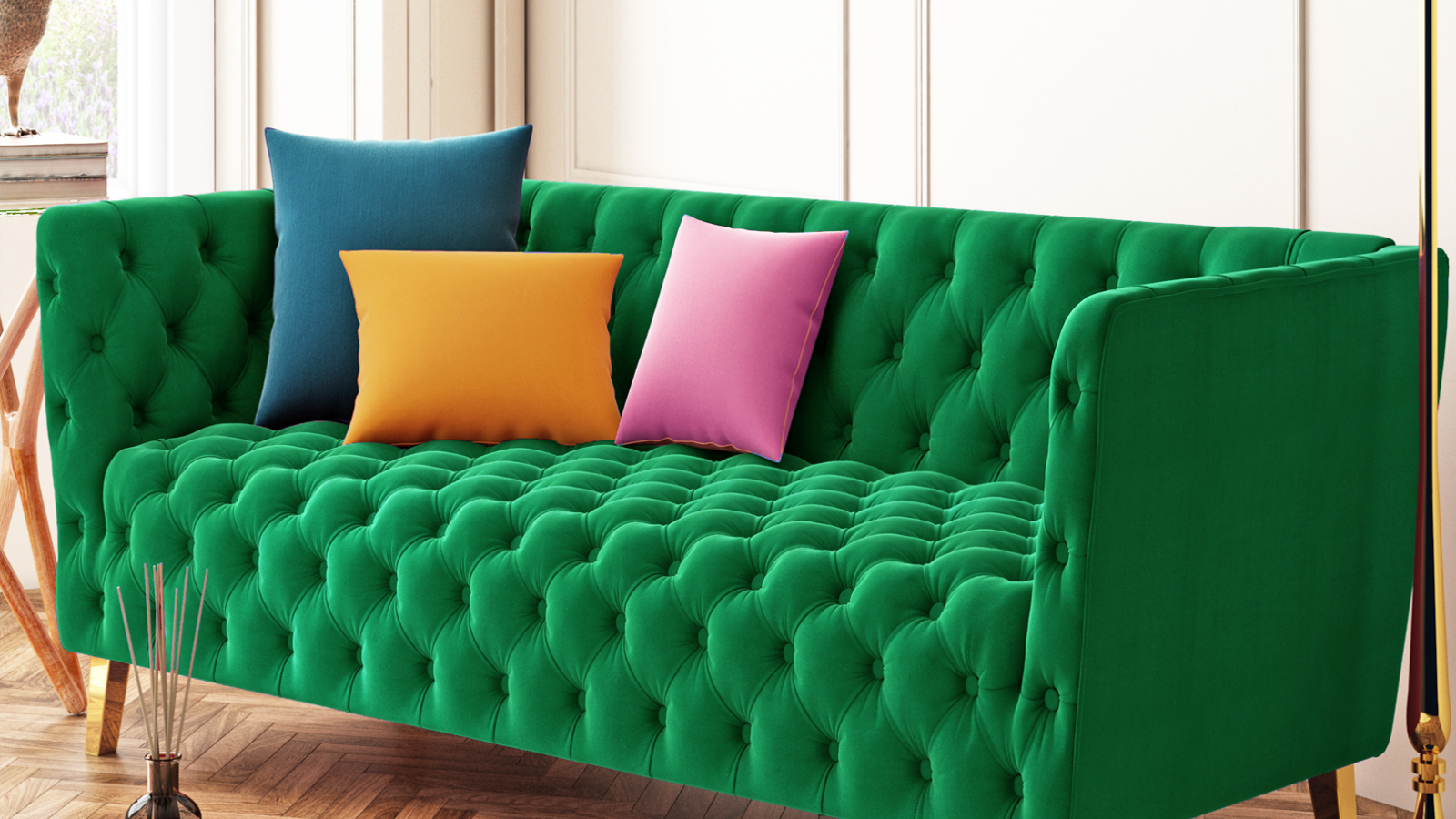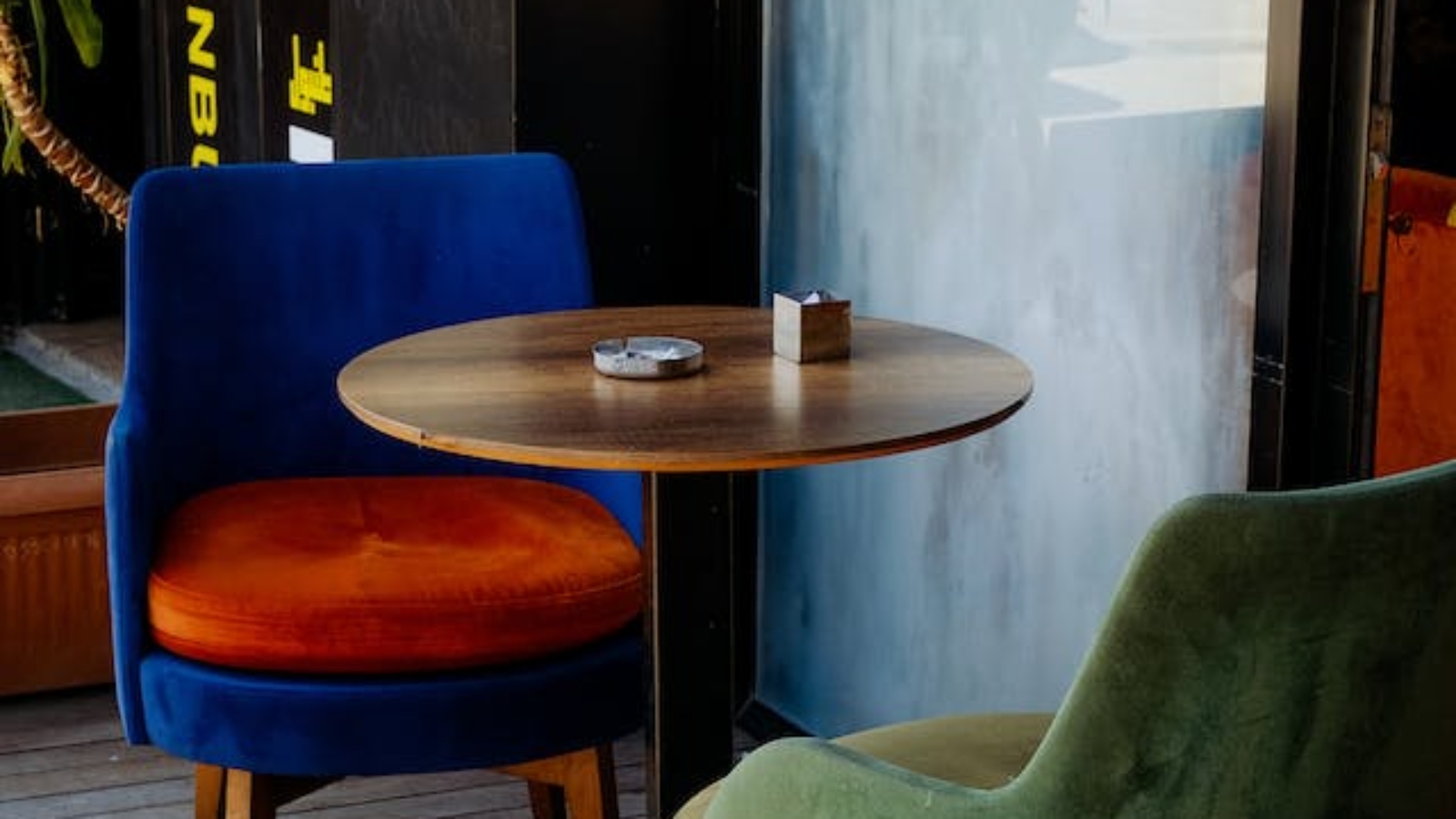Choosing the right upholstery for your sofa is crucial for both aesthetics and functionality. Here are some tips to help you make the best choice:
- Consider Your Lifestyle: If you have pets or small children, durable and stain-resistant fabrics like microfiber or leather might be a good choice. If the sofa is primarily for adult use in a formal living room, you could opt for more delicate fabrics like silk or velvet.
- Evaluate Durability: Different fabrics have varying levels of durability. Cotton and linen are generally less durable than synthetic microfiber or leather. If the sofa will be heavily used, consider a fabric with a high double rub count.
- Test for Comfort: Sit on the sofa in the showroom to assess comfort. Keep in mind that some fabrics may feel stiffer at first but will soften over time. If you prefer a plush, comfortable feel, consider fabrics like velvet or chenille.
- Understand Cleaning Requirements: Check the cleaning instructions for the fabric. Some materials are easy to clean with a damp cloth, while others may require professional cleaning. Consider how much maintenance you’re willing to undertake.
- Choose a Color Wisely: The color of your sofa should complement the overall color scheme of your room. Neutral colors are versatile and can be easily updated with accessories, but bold colors or patterns can make a statement if that’s your style.
- Think About Patterns: If you choose a patterned fabric, consider how it will look when the sofa is fully upholstered. Large patterns may be visually overwhelming on a large piece of furniture, while smaller patterns can be more forgiving.
- Take Lighting into Account: The lighting in your room can affect how the fabric looks. Take fabric samples home to see how they appear in natural and artificial light before making a final decision.
- Check Allergen Concerns: Some people may be sensitive to certain fabrics or treatments used on upholstery. If allergies are a concern, opt for hypoallergenic fabrics or those labeled as allergy-friendly.
- Examine the Frame and Cushions: The upholstery is just one part of the sofa. Ensure that the frame is sturdy and the cushions are comfortable and supportive. A well-constructed sofa will provide better long-term satisfaction.
- Budget Considerations:High-quality upholstery materials can vary widely in price. Set a budget and look for options that meet both your aesthetic and financial requirements.
Remember that personal preference plays a significant role in the selection process. Take your time, do your research, and choose a fabric that not only suits your lifestyle but also enhances the overall look and feel of your living space.


